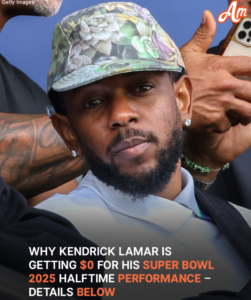Artists who perform at the Super Bowl halftime show do not receive direct payment. The NFL covers production costs, often reaching millions. This high-profile event draws over 100 million viewers, offering performers massive exposure.
The halftime show acts as a promotional opportunity, boosting streaming numbers, album sales, and ticket demand. After performing, artists experience a surge in popularity. For instance, The Weeknd saw his streaming numbers skyrocket after his 2021 show. Rihanna’s 2023 performance led to a dramatic increase in sales.
Some artists even invest their own money to enhance their performance. The Weeknd reportedly spent $7 million of his own funds to create a more elaborate stage setup. While this may seem like a financial risk, the long-term rewards in branding, sponsorships, and music revenue make it worthwhile.
Additionally, the show often sparks major cultural moments that extend beyond music. Memorable performances, such as Beyoncé’s 2016 show or Prince’s legendary 2007 set, have cemented artists in pop culture history.
The exposure from the Super Bowl halftime show extends beyond streaming and sales. It can lead to increased brand deals, collaborations, and larger concert revenues. Artists typically experience a significant increase in social media engagement, expanding their reach and influence.
Despite no direct paycheck, the benefits of performing at the Super Bowl halftime show are substantial. The massive viewership, media buzz, and marketing value far outweigh the lack of payment, making it one of the most coveted gigs in the music industry.
